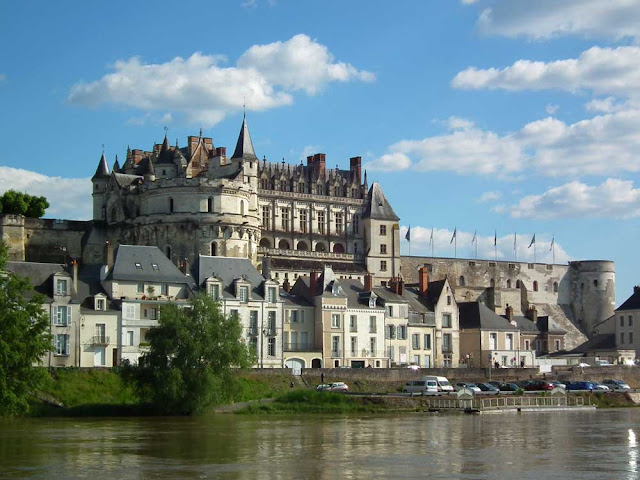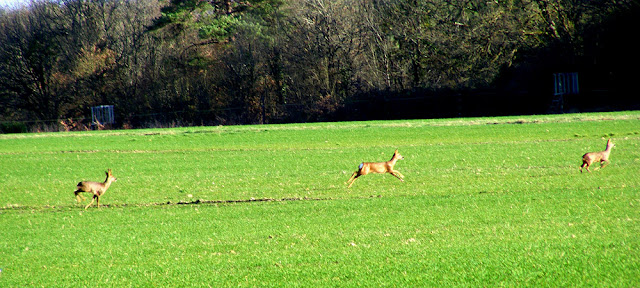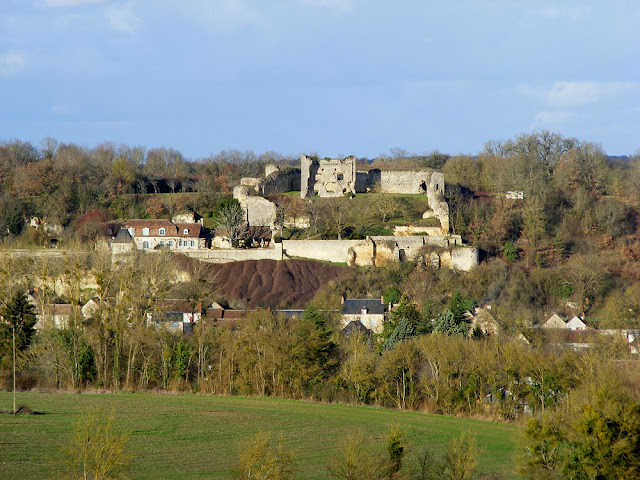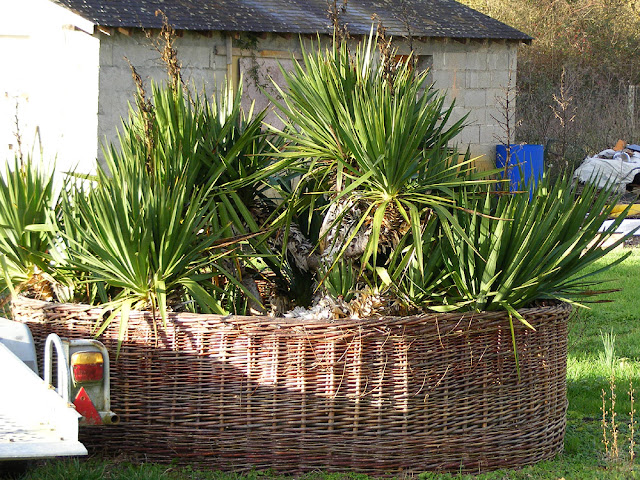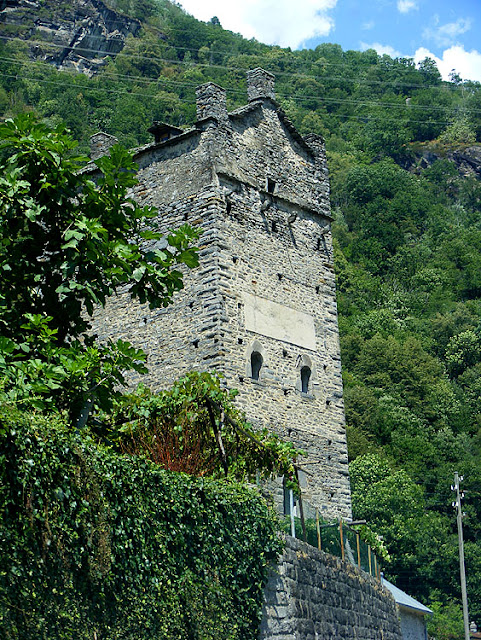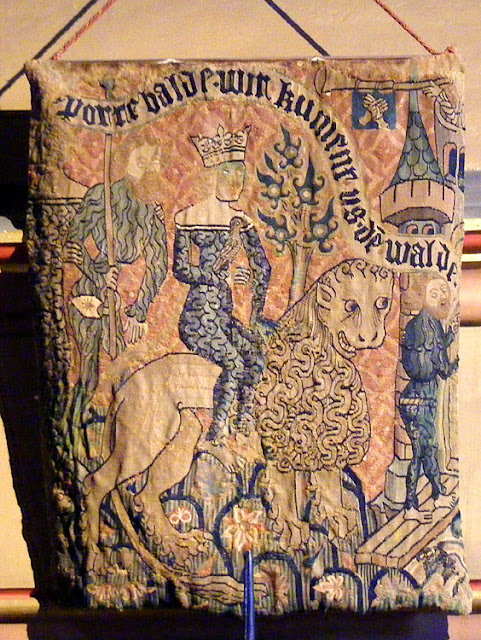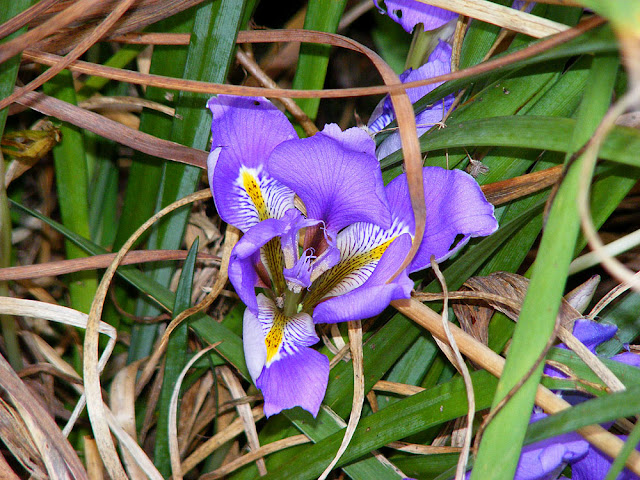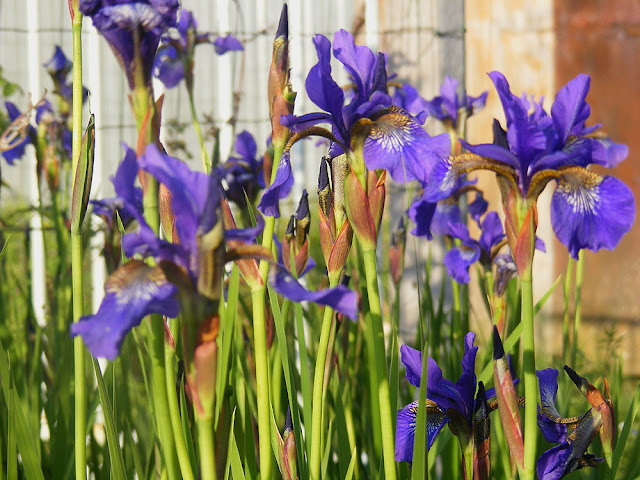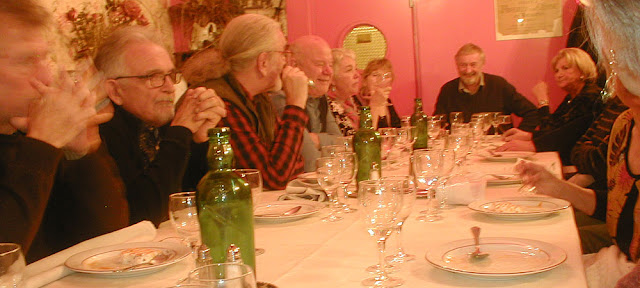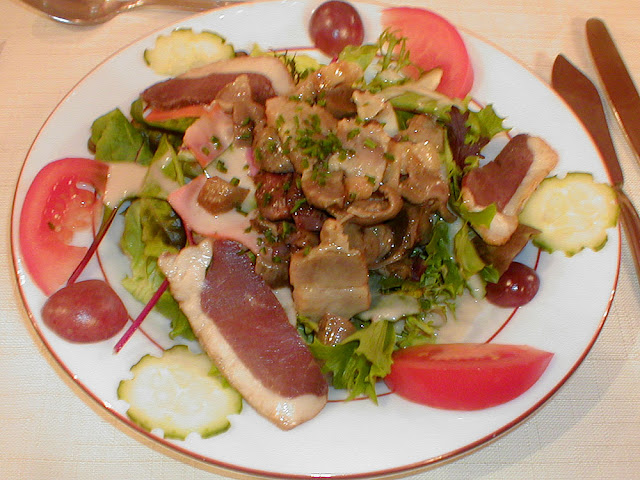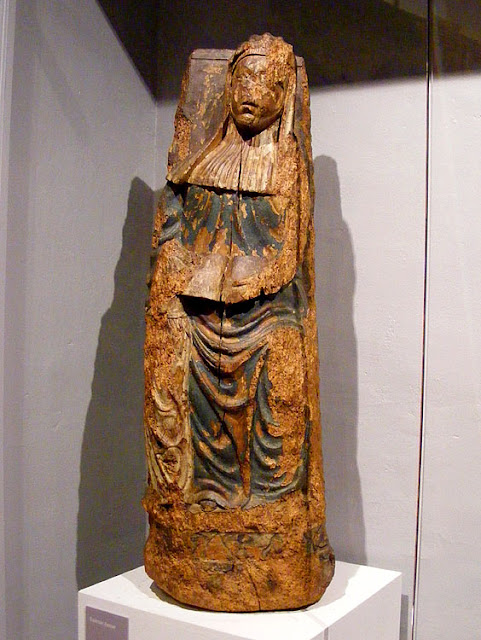Henri d'Orléans, the comte de Paris and Orléanist pretender to the throne of France, has died at the age of 85 on 21 January 2019. He used to regularly visit the Chateau of Amboise, owned by the Fondation Saint Louis set up by his father.
He was born on 14 June 1933 in Belgium where his family was in exile. The oldest of the descendents of the Orléans branch of the royal family, he inherited his title on the death of his father in 1999. His son Prince Jean de France, 53 years old, will succeed him as head of the House of France and will become the Comte de Paris (Count of Paris).
Their claim to the throne comes from their direct descent from Louis XIV's brother and Philippe Egalité.
Local newspaper report on the Death of Comte de Paris. (in French)
************************************************
For details of our private guided tours of chateaux, gardens, wineries, markets and more please visit the Loire Valley Time Travel website. We would be delighted to design a tour for you.

